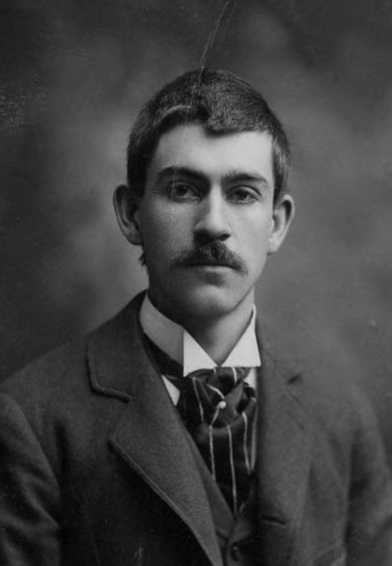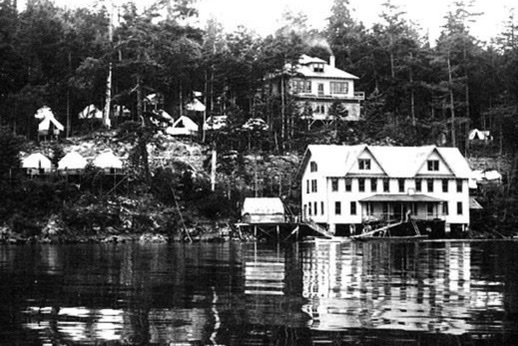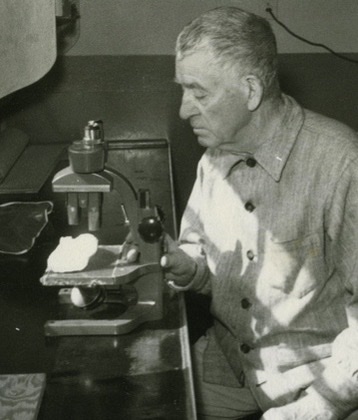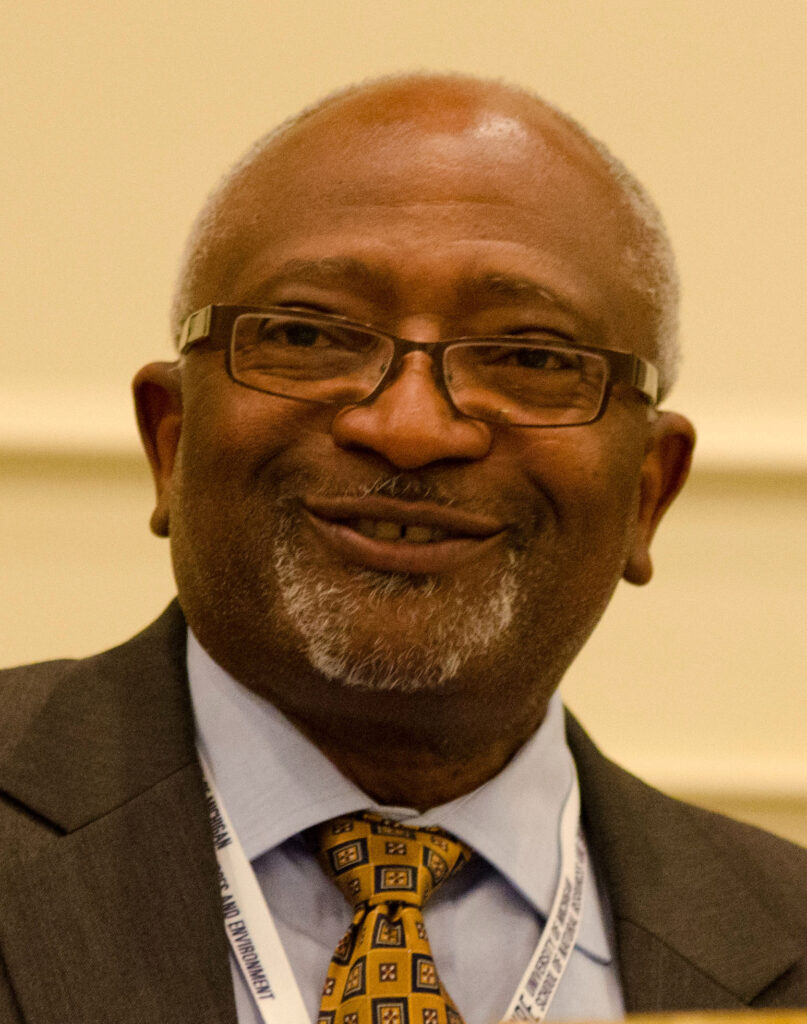Trevor Kincaid called himself an “omnologist,” a biologist interested in everything. His legacy proves out his assertion, as he made enormous contributions to entomology and fisheries, both in taxonomy and practical applications.

Trevor Kincaid was born in Ontario in 1872 (died 1970). His family fell on hard times and moved west to find better fortune in Olympia, Washington, when he was 17. He worked a variety of jobs before eventually enrolling at the University of Washington in 1894, at the age of 22. He proved to be an exceptional student, studying entomology and discovering several insect species before he graduated. He gained a regional and national reputation while still an undergraduate.
In fact, it took him some time to graduate. Before he could complete his degree, he was invited to accompany Stanford University President David Starr Jordan in 1897 on an expedition to Alaska as part of the American Fur Seal Commission. There he studied the conditions of the fur seal of the Pribilof Islands. Jordan was so impressed by Kincaid that he tried to convince him to transfer to Stanford. But the University of Washington intervened, doubling his salary as a research assistant.
Two years later, Kincaid was again tempted by an Alaskan expedition. He was invited as one of 23 scientists to be part of the Harriman Alaska Expedition, the youngest person to accompany the likes of John Muir (learn more about Muir here) and John Burroughs . He later remarked that as the expedition was leaving the dock, “my classmates were lining up to receive their diplomas.” He chose well, however, studying the rich insect life of glaciers in Alaska for two months. “The presence of a glacier,” he observed, “does not necessarily mean the absence of life.” In the succeeding years, he described and named 344 new insect species from that expedition.

In 1901, he became a faculty member at the University of Washington, where he stayed throughout his career, retiring as head of the Department of Zoology in 1937 at the mandatory age of 65. His “Adventures of an Omnologist,” as he termed his informal autobiography, began in earnest at the university. In 1903, he established what is now known as the Friday Harbor Laboratories, a research and teaching station on Puget Sound that has become synonymous with world-class field education. On behalf of the government, in 1908, he was sent to Russia and Japan to identify and bring back a natural enemy of the invasive gypsy moth that was eating the forests and crops of New England. He succeeded, and the parasite was bred and used for decades by the U.S. government to control gypsy moths.

In 1911, he transferred his interests to fisheries. Specifically, he was charged with bringing the declining Puget Sound oyster fisheries back to profitability. Attempts to farm Atlantic oysters failed in Washington, so Kincaid went again to Japan and returned with specimens of Pacific oysters. These thrived in Puget Sound and became the basis for a renewed oyster farming industry. After his retirement from the university, Kincaid invested in these fisheries, so that he thrived as well! His ongoing work in fisheries formed the basis of the University of Washington’s College of Fisheries, one of the world’s leaders in both theoretical and applied research.
Kincaid’s influence on entomology and fisheries were substantial. Many insect species are named after him, as is the building housing the University of Washington’s Department of Biology.
References:
Archives West. Trevor Kincaid papers, 1890-1975. Available at: http://archiveswest.orbiscascade.org/ark:/80444/xv55081. Accessed December 20, 2017.
Public Broadcasting Service. Trevor Kincaid, 1872-1970. Available at: http://www.pbs.org/harriman/1899/1899_part/participantkincaid.html. Accessed December 20, 2017

